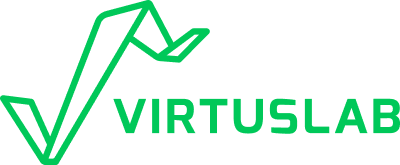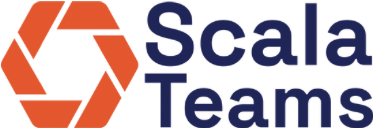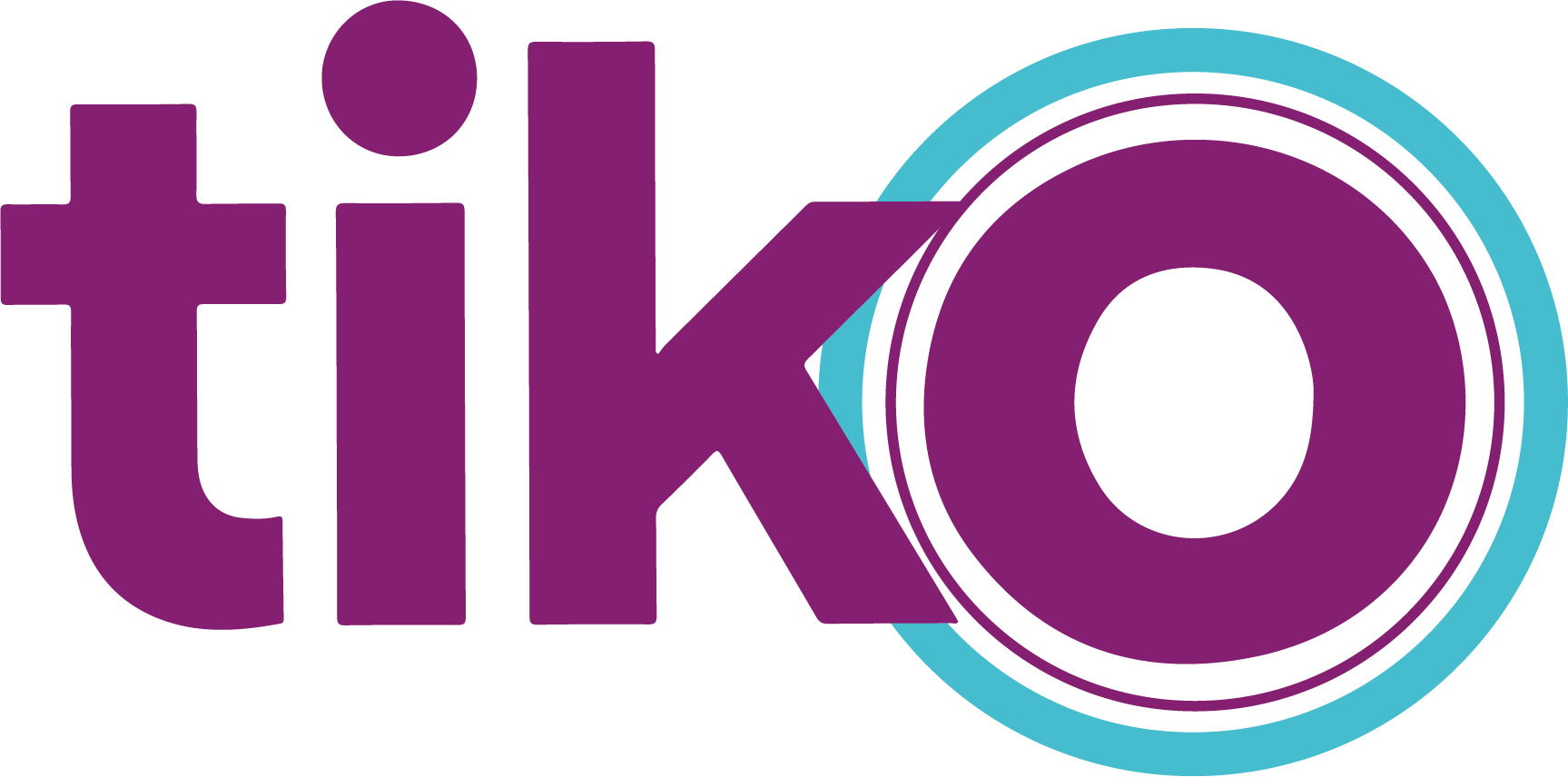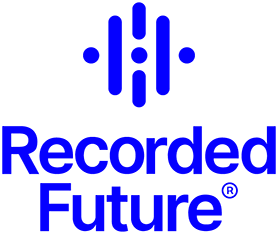Workshops
Domain Driven Design in Scala 3
Abstract
One of the shortcomings of Domain Driven Design (DDD) is that it can be a lengthy process to define the bounded contexts (BCs) properly, and subsequently to transcribe the BCs into a code and to introduce them in your codebase.
This workshop aims to demonstrate how to minimize this inconvenience by relying on:
- The robustness of DDD in Scala
- The fast iteration loop provided by scripting in Scala-CLI
- The ease of transforming a Proof of Concept (PoC) into a Minimum Viable Product (MVP) with the current Scala tooling
You will learn:
- What the building blocks of DDD and Scala 3 are
- Which production-tested libraries help us do DDD in Scala 3
- How to go from a design to a safe and convenient code in a matter of hours
By the end of the workshop, you will have a full stack app with DDD implementations, ready for review.
Target Audience
If you are a Full-Stack Developer, a Software Engineer, a Data Engineer, a Migration Architect or a programming aficionado who would like to acquire, upgrade or master your skills in DDD, this workshop is for you.
Prerequisites
Prior knowledge of Scala is not necessary, although it is a plus – regardless of the flavour of Scala you code in.
Basic understanding of functional programming concepts like map, flapMap, error handling, type classes, etc. is required.
Requirements
Have installed on your computer:
- Scala-CLI
- IDE:
- IntelliJ Idea with Scala plugin
- VS Code with Metals
- Or any other IDE that supports Scala
Agenda
Use Case: Spanish ID validator
- Business needs
- Front-end or back-end validation?
- Task requirements
Why DDD? Domain Driven Design premises
- Benefits of making illegal states unrepresentable
- Who are the domain experts?
- What is the ubiquitous language?
- What is a model?
- What is a bounded context?
- Quiz
- Bonus: DDD in the time of LLMs
Hands-on with Scala-CLI - PoC
- Identifying the nouns, behaviours, rules and invariants
- Codifying invariants
- Codifying the rules
- Testing the behaviour
Domain types
- Business Domain
- Types of Subdomains
- Comparing Subdomains
- Bounded Context vs Subdomains
- Quiz
Trade-offs
- Software complexity vs Domain accuracy
- Engineering expertise vs Business needs
Hands-on Full-stack App with Mill
- Basic Implementation - MVP
- Parse, don’t validate - Error handling
- Scala 3 libraries to the rescue
DDD building blocks
- Value Objects
- Entities
- Aggregates
- Domain Events
- Domain Services
- Quiz
Hands-on Spanish ID as a Value Object
- Metaprogramming in Scala 3
- Compile-time validation
- Advance usage of Scala 3 libraries
Conclusion
- Trade-offs revisited
- Software complexity vs Domain accuracy
- Engineering expertise vs Business needs
- Benefits & Limitations
- Engineering staffing challenges
Are you interested in this workshop?



























